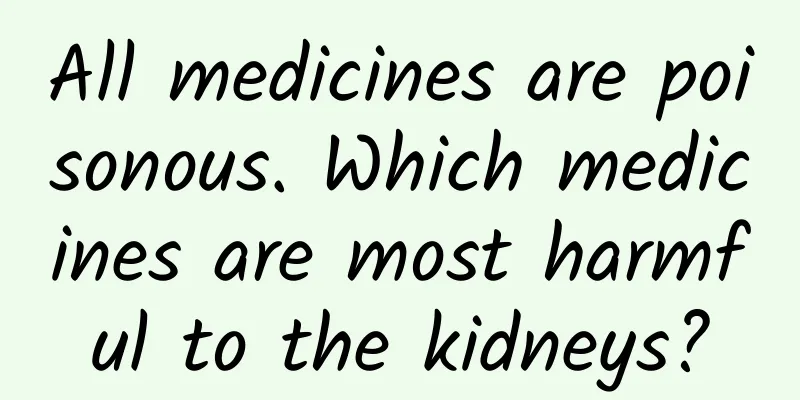What is the treatment for postpartum hemorrhage?

|
Postpartum hemorrhage is very dangerous. If the amount of bleeding is more than 500 ml, timely rescue and treatment are required, otherwise it may pose a threat to life. Postpartum hemorrhage usually occurs between two hours and twenty-four hours after delivery, especially during the birth of the fetus and the delivery of the placenta. Therefore, close observation is required during this stage, and measures to stop bleeding must be taken as soon as bleeding occurs. Treatment methods for postpartum hemorrhage, hemostasis, uterine atony bleeding, stimulation of uterine contraction, and abdominal massage of the uterus are the simplest and most effective ways to induce uterine contraction to reduce bleeding. After the bleeding stops, intermittent and evenly rhythmic massage is still required to prevent the uterus from relaxing and bleeding again. If necessary, place one hand on the anterior vault of the vagina to press against the anterior wall of the uterus, and use the other hand to press the posterior wall of the uterus on the abdomen while massaging at the same time. The use of uterotonics, sterile gauze packing, and ligation of the ascending branches of the bilateral uterine arteries and the internal iliac arteries can all preserve the uterus and retain fertility function. Hysterectomy is the most effective means of controlling obstetric hemorrhage. Various hemostatic measures had no obvious effect and the bleeding could not be controlled. While blood transfusion and anti-shock treatment were being given, subtotal or total hysterectomy was performed. In case of bleeding caused by retained placenta or residual placenta and fetal membranes, if the placenta has not been separated despite general treatment more than 30 minutes after the fetus is delivered, or if there is heavy bleeding, the placenta should be separated manually as soon as possible. The placenta accreta should not be forcibly removed manually. If bleeding is heavy, total or subtotal hysterectomy is performed. Bleeding caused by soft birth canal injury and bleeding caused by coagulation dysfunction, with bright red blood that does not coagulate, can be treated with vaginal uterine inversion and reduction surgery under general anesthesia. Some female friends may have coagulation disorders. At this time, if they are giving birth in the hospital, they should inform the doctor of this situation in time so that the doctor can take effective measures to avoid more tragedy caused by postpartum hemorrhage. In addition, some female friends can appropriately supplement blood before delivery and actively correct anemia, which can reduce the damage caused by postpartum hemorrhage. |
<<: Can I drink coffee after having an abortion?
>>: Why is postpartum illness afraid of cold?
Recommend
What should pregnant women do if they have internal heat?
Pregnant women will have a strong appetite and es...
Can I eat onions during early pregnancy?
Onion is a very common vegetable on the market. M...
Must-have collection! Don’t let the “angel” turn into a “killer”, experts will help you unlock the safety guide for your home medicine cabinet
Taking medicine is like walking on a tightrope. O...
What are the benefits of eating kelp for women
Kelp is a good deep-sea food in life. It is not o...
It's so itchy! How to deal with these "little blisters" that often appear on your hands in summer?
Every time this season comes, many people develop...
Postpartum bone pain
We all know that pregnancy is not only a blessing...
How to cut a pumpkin (clean the pumpkin skin first and cut off the top and bottom of the pumpkin)
...
What happens if cervical erosion is moderate?
We all know that cervicitis is a common gynecolog...
One month of pregnancy with some bleeding
For those who have just become pregnant, you may ...
Is it okay for pregnant women to smell the smell of moxibustion?
Pregnant women are very sensitive to smells durin...
What is the reason for less menstrual flow and dark color?
Women have menstruation since their teens, and th...
Can I eat dried bonito during menstruation?
Bonito is a dried product of cod. Cod can be foun...
What causes spontaneous abortion in early pregnancy?
Some female friends will inevitably encounter som...
How to treat and recover from gynecological diseases?
Women are always prone to diseases, especially gy...
Why do I keep farting after a normal birth?
Natural childbirth is a very common way of childb...









